Hira Ali Malik
One random afternoon, as I lounged at home, a message popped up in m WhatsApp group. It was from an unfamiliar group member, sharing details about a train excursion from Peshawar to the Takht-i-Bahi relics. This historic site, located near Mardan, had been on my radar ever since I moved to Peshawar. Excited by the prospect of visiting, I immediately forwarded the details to two of my closest friends. They were just as eager to go, and soon enough, we began planning the trip.
We wasted no time getting organized. I even headed out with one of my Pakhtun friends to find the perfect frilly, laced Afghan burqas in Peshawar. After some searching, we found them in Gora Bazaar, and with that, half our preparations were done. Ever since I moved to this region, trying on a traditional Afghan burqa had been on my list—it was a must! And what better historic, picturesque spot to showcase it than the ancient ruins of Takht-i-Bahi? The contrast between the cultural heritage of the burqa and the Buddhist history of the site was intriguing, offering the perfect blend of past and present, tradition and history, all in one photo-worthy moment.
But, of course, in typical fashion, we got so caught up in our busy prep and shopping that we completely forgot to book our tickets. By the time I remembered and called the office to reserve six seats, I was told the train was fully booked. My heart sank. After a bit of pleading and explaining our situation, the kind staff at the Khyber Pakhtunkhwa Culture and Tourism Authority (KPCTA) graciously adjusted their arrangements. They sent some staff members via minibuses, freeing up seats for us. With a sigh of relief, we transferred the payment and locked in our booking at the very last minute.
That evening, on my way back from work, I shared my travel plans with a family member. As expected in a typical brown family, he immediately raised concerns about the trip’s safety. He suggested we take a private car with a family driver instead, emphasizing the dangers of exploring an unfamiliar region on my own. He pointed out past incidents of terrorism and the looming risks involved. His lecture on safety was long and thorough, reminding me of the movie Dilwale Dulhania Le Jayenge (DDLJ), where Simran tries to convince her father to let her go on a European trip with her friends. Channeling that energy, I cheekily quoted Hadiqa Kiani’s latest hit, “Jan jaayegi aur kya hoga?” My response left him momentarily speechless, and after a pause, he grudgingly relented with a smile and muttered, “Chalo, end of the story”—a moment that felt just as iconic as DDLJ’s famous line, “Ja Simran, jee le apni zindagi,” although he didn’t say it this time.
Next up was my mother’s interrogation. She grilled me about who exactly was going on the trip and who wasn’t, only feeling reassured once I mentioned that a friend’s mother would be joining us. Even then, she bombarded me with a list of precautionary measures and advice that seemed never-ending.
On the morning of the trip, I stubbornly pushed through a mild throat infection, determined not to let it ruin my excitement. I devoured a cheese omelette with a glass of orange juice, grabbed my heavy backpack (with my prized Afghan burqa packed inside), and slipped out of the house before anyone else woke up. It was a serene Sunday morning, and as I made my way through the unusually quiet streets of Peshawar Cantt, it felt like I was driving through a different city altogether.
When I arrived at the Saddar Railway Station, I was greeted by a bustling crowd, all excited for the train safari. The atmosphere was electric, and the adventure kicked off with a traditional pipe band welcome. Despite the hiccups leading up to this moment, everything was falling into place. I took my place at the back of the train cabin, true to my backbencher nature, as the journey to Takht-i-Bahi began. Along the way, we passed through stations like City Railway, Nasirpur, Pabbi, and Mardan, each stop offering glimpses of local life and scenic views.
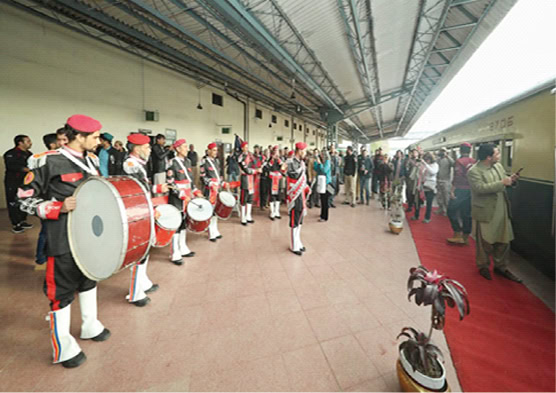
One of the most surreal moments was when the train snaked through the heart of the city, with bustling markets pressed so close to the tracks that it felt like we were riding through a lively bazaar. People cheered, children waved enthusiastically, and traditional music filled the air. The backdrop of the majestic Balahisar Fort, with its imposing red brick walls, added a dash of history and charm to the scene. At various stops, we were treated to tea and cookies from the onboard beverage parlor, a touch of hospitality that made the journey even more enjoyable.
Upon arriving at Takht-i-Bahi, we were warmly welcomed by the manager, Hassina Shaukat, who adorned us with garlands and distributed traditional items. There were around 140 passengers, and we were given an insightful briefing on the history and significance of Takht-i-Bahi, a UNESCO World Heritage site. The Takht-i-Bahi monastery, a prominent Buddhist site dating back to the 1st century, is one of the most well-preserved examples of ancient Buddhist architecture in the region. Sitting on a hilltop, it once served as a centre for spiritual practice, meditation, and scholarly activities for monks and devotees. The curator of the site gave us a detailed tour, explaining how the structure was designed with a central courtyard, monastic cells, a main stupa court, and an assembly hall. It was fascinating to see these remnants of a long-gone era, still standing strong. We learned about the cultural and religious traditions of the early Buddhist community, and how Takht-i-Bahi was once a key spiritual and educational hub.
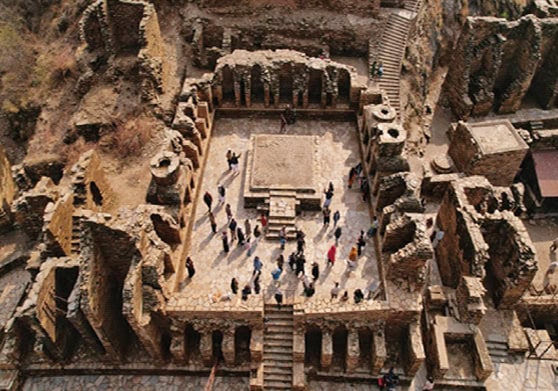
The visitors were enlightened about the cultural and religious traditions of the Buddha era, learning that Takht Bahi was a key spiritual and educational hub for early Buddhists. This monastery, like many others across Asia—including those in countries like Nepal, Sri Lanka, India, and Thailand—served as a sanctuary for monastic life, scholarly activities, and the preservation of Buddhist teachings. The curator also explained the importance of these relics to modern-day Buddhists, many of whom still visit Takht Bahi for pilgrimage, prayer, and meditation. These ancient monasteries, including the Mahabodhi Temple in India and the Dambulla Cave Temple in Sri Lanka, are revered not only for their historical value but also for their continuing role as places of worship and reflection for followers of Buddhism worldwide.
The highlight of our visit, though, was when we took part in a memorable photoshoot. The stunning backdrop of Takht-i-Bahi, with its lush green hills, made it the perfect spot. We posed in meditative yoga stances to capture the spiritual vibe, and, of course, we flaunted our traditional Afghan burqas.The unique beauty of these garments attracted attention from other tourists, some of whom joined us in trying them on. One curious visitor asked how women felt wearing the burqa. My friend confidently explained that for many Pakhtun women, it’s a matter of cultural pride, something passed down through generations. She added that she occasionally wore it herself, as a nod to her heritage, and always loved carrying it with grace and style.
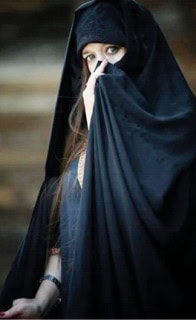
After spending quality time atop the hill, we made our way down the hundreds of steps and headed into the city for lunch. We were served the city’s famous Chapli Kebob at a local eatery, and as the day cooled down, we wrapped it up with a cup of tea at a nearby dhaba.
At this point, we had two options: either head back to Peshawar by minibuses for an early return, or take the safari train again and enjoy the ride back. Naturally, we opted for the train, eager for more of the traditional music and lively ambiance in the cabin.
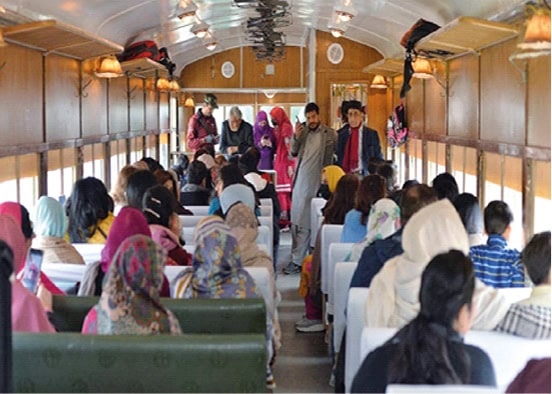
The trip exceeded all our expectations. Despite initial concerns about safety, it turned out to be incredibly secure, making it a great experience for families, both local and foreign. The KPCTA went above and beyond to ensure the trip was not only enjoyable but also safe. I can only hope there will be more such excursions in the future, allowing people to explore the hidden gems of Pakistan. These experiences are a fantastic way to promote our local culture, showcase the region’s hospitality, and present a peaceful, positive image of our country to the world.
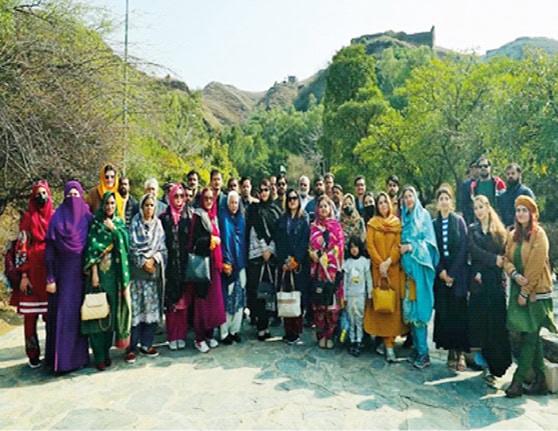
Hira Ali Malik, a writer at Pakistan Observer, is passionate about giving a voice to the vulnerable. Her work focuses on the rights of minorities, women, and transgender individuals. Currently, she’s helping safeguard women’s property rights in Khyber Pakhtunkhwa. An animal lover at heart, especially fond of dogs, she actively supports PETA and can be reached at [email protected].










